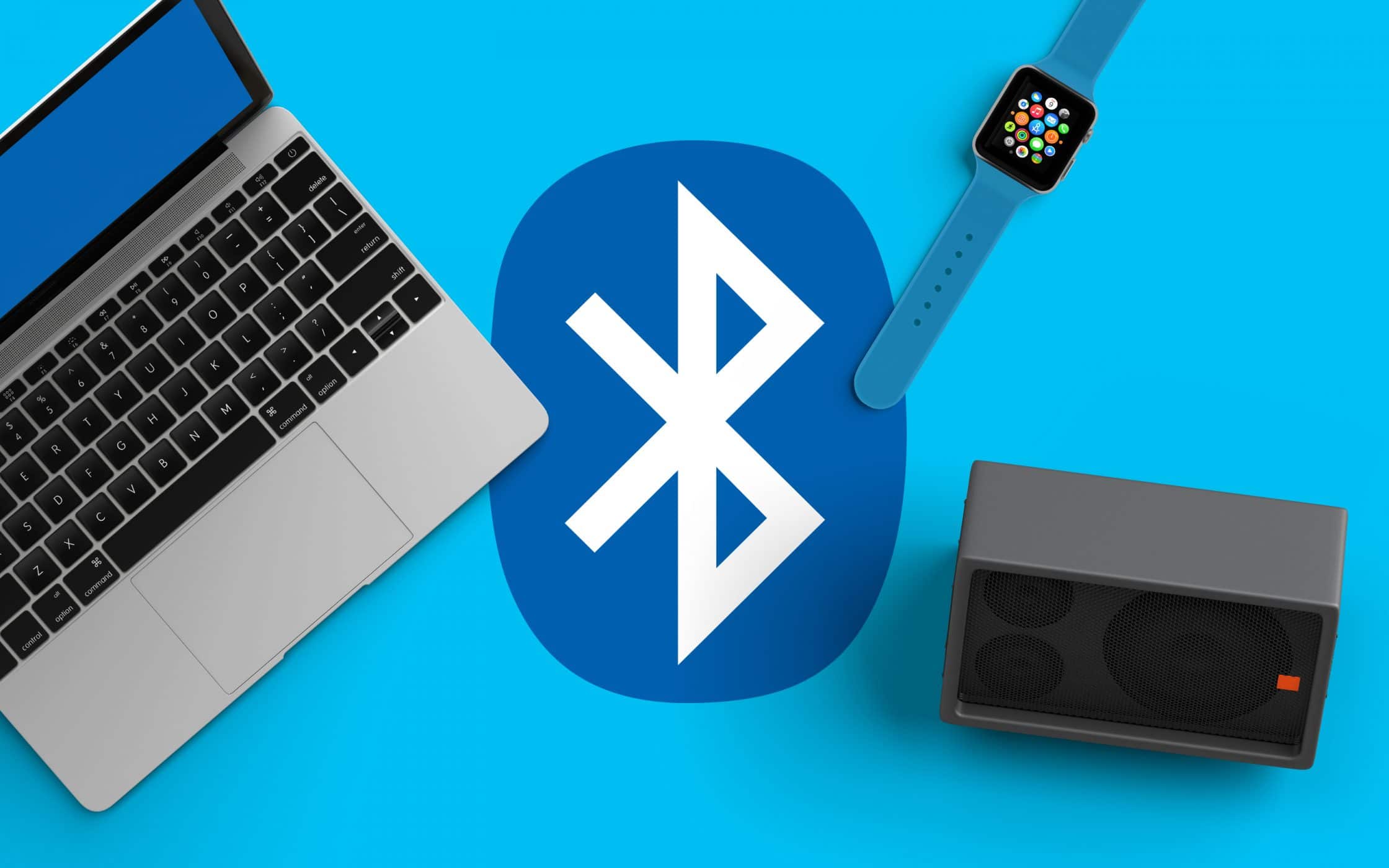To set up a basis of evaluating each version of Bluetooth, it is appropriate to distinguish them based on three factors: data speed, range, and power consumption. These factors are influenced by the data packet and modulation scheme being used.
Bluetooth Classic: Versions 1.0 – 3.0
Bluetooth was initially released in 1999 as Bluetooth 1.0, it was immensely slower than what we have come to expect these days. Its data transmission speed is capped off at 1 Mbps and only has a range of 10 meters, which is limited, to say the least. It uses a modulation scheme called Gaussian Frequency Shift Keying (GFSK) In 2004, Bluetooth 2.0 was released with an enhanced data rate, speeds that reach up to an impressive 3 Mbps and a range of 30 meters. Certainly a welcome change over the comparatively unstable 1.0 version. To achieve these feats, GFSK was replaced by two newer schemes: p/4-DQPSK and 8DPSK, which uses changes in the waveforms’ phase to carry information, as opposed to frequency modulation. Bluetooth 3.0 further improved these speeds by utilizing 802.11 Wi-Fi Radio. Now, users could achieve up to a whopping 24 Mbps data transmission rate while using the 802.11 link, over a range of 30 meters. This was a game-changer in 2009, providing reliable, high-speed wireless connection. It opened up possibilities of major technological advancements in wireless devices. However, one significant issue was the high power consumption. The large amount of power required to run Bluetooth 1.0 – 3.0 devices consequently make devices have short battery life. This rendered the technology impractical for IoT (Internet of Things) uses.
Bluetooth Low Energy: Version 4.0
Recognizing the need of improving power efficiency for Bluetooth connectivity and wireless devices, Bluetooth 4.0 was released in 2010. Although the speed was the same as the previous version, 3 Mbps, it doubled the range to 60 meters. More importantly, it introduced low power consumption along with the classic connection, which now meant it could be used for a wider range of devices. As well as improvements to power consumption and range, it also increased connection reliability and clarity. Since 4.0, the standard decisively split into Low Energy and Classic Segments. Low Energy is tailored towards burst-like communication, like what’s used by fitness trackers and Internet-of-Things (IoT) products, which is appropriate as IoT applications only need to send small bits of data periodically. Classic continues to provide a higher data rate for products requiring a constant connection. Bluetooth 4.1 and 4.2 released in 2013 and 2014, respectively, boasted improvements in automatic power consumption handling based on power plans, further increasing efficiency and battery life of wireless devices using the new iteration of Bluetooth. Bluetooth Low Energy means that an audiophile can easily rock wireless Bluetooth headphones and speakers a lot longer than before. Speaking of which, if you’re looking for a top notch Bluetooth speaker, then check this out Jabra Speakerphone out.
Bluetooth 5
The latest iteration of the Bluetooth protocol, Bluetooth 5, released in 2016 is an improvement on previous BLE technologies. Unlike its predecessors, it does not come with a “.0” at the end, it is just known as Bluetooth 5. In terms of Bluetooth Classic, it remains exactly the same as the previous iterations, with a speed of up to 3 Mbps. The real changes are made in the Low Energy department. It provides twice the speed of the Bluetooth 4.0 Low Energy technology, and a boosted range of up to 240 meters. With more speed and more range, it sounds like Bluetooth 5 would take more power. However, thanks to some clever changes in the way the signals are modulated and by improving the use of the frequency spectrum, Bluetooth 5 actually uses less power, in some cases up to 2.5 times less power. It also boasts 8x message capacity, further increasing its efficiency.
Wrap up
Over the last two decades, Bluetooth has grown exponentially and evolved into a fully fledged, wireless, far-reaching standard. It provides a multitude of uses; file sharing, device connectivity, wireless music. It has successfully retained backward compatibility throughout all of its iterations, an applaudable feat. It is not only an asset in almost every smartphone available, but it is also used across a plethora of accessories and technology devices. Despite the limitations of the technology, it has been extremely successful. Estimates suggest nearly 10 billion Bluetooth devices have been shipped worldwide up until the end of 2018.
Minecraft Classic Now Available to Play For Free In Browser’The Orange Box’ and Three Other Classic Valve Backward Compatible Games Now…How to Revert Back to the Classic File Explorer Look on Windows 11How to Restore the Classic Start Menu from Windows 10 into Windows 11


